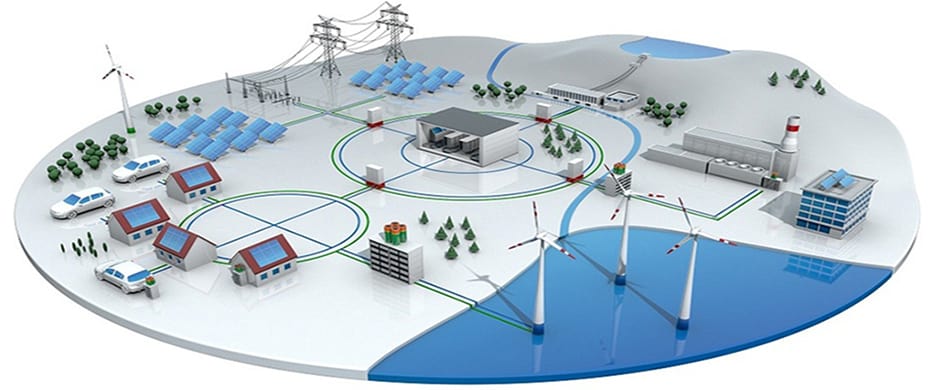Difference between CT and PT
Current Transformer
The secondary of a C.T can not be open
circuited on any circumstance when it is under service.
The primary winding of the CT is
connected in series with the line carring the current to be measured. Hence it
carries of the full line current.
Potential transformers are used in
usually in industrial and power plant settings to reduce the AC voltage of a
power line to a lower value (typically 120 or 70 volts full scale) for instrumentation
purposes. They are low power, have accurate voltage ratios and good galvanic
isolation to isolate the instrumentation (and the operators) from dangerous
voltages and power. Potential transformers can be wire-wound like a small power
transformer or for very high voltages can take the form of a capacitive voltage
divider or can exploit the electrical properties of optical materials.
Transformers designated as current
transformers have far more limited uses. Current or current sense transformers
only lower current for use in meters and measuring devices, with little regard
for power or voltage changes.
Potential
transformer
The secondary of a P.T can be open circuited without any damage being caused either to the operator or the transformer.
The primary winding P.T is connected
across the line of voltage to be measured. Hence the full line voltage is
impressed across its terminal.
Current transformers are used to scale
a large AC current which can be 10s of thousands of amps or more to be measured
to a lower value, typically 1 or 5 Amperes that does not require heavy wires to
carry the full current flow to be measured into the instrumentation. They are
low power, do not disturb the current to be measured, have accurate current
ratios, and like potential transformers, good galvanic isolation to isolate the
instrumentation (and the operators) from dangerous voltages and power.
Potential, power, or voltage
transformers change commercial power from generators to high voltage and low
current for nationwide distribution. Substations use similar transformers in
reverse to reduce the voltage and increase the current to usable levels.


